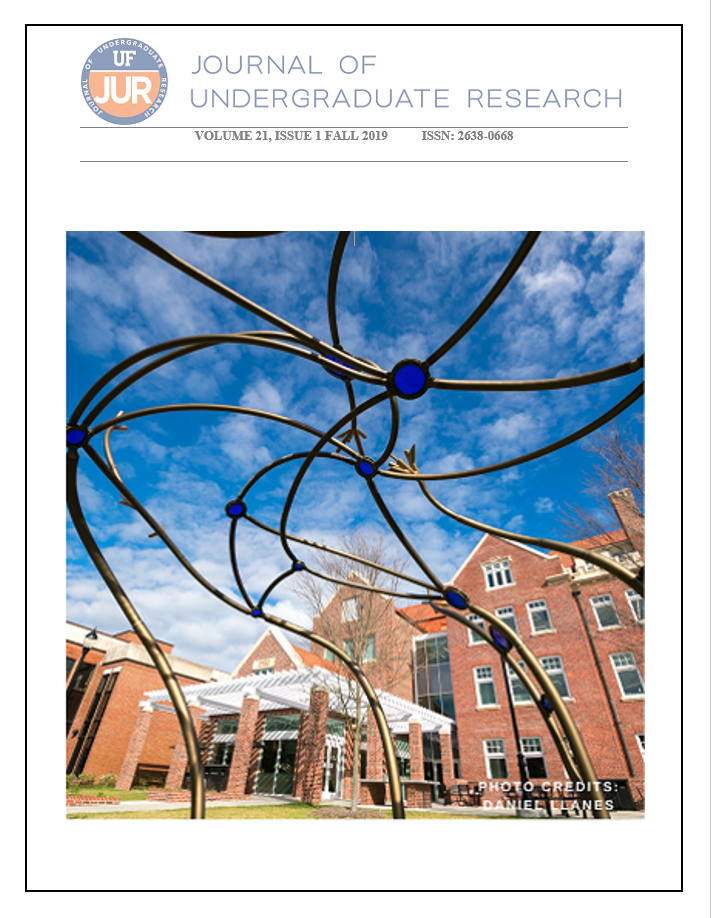Controlled Spacecraft Re-Entry of a Drag De-Orbit Device (D3)
DOI:
https://doi.org/10.32473/ufjur.v21i1.108233Keywords:
aerodynamic drag, controlled re-entry, CubeSat, de-orbit, satellite, vibrationAbstract
For spacecraft containing components that survive re-entry, it is important to de-orbit the satellite over a non-populated area. Because most CubeSats (cube satellites that conform to the CubeSat form factor) do not have their own propulsion systems and cannot perform a de-orbit burn, aerodynamic drag modulation presents an attractive solution to re-enter the satellite at the desired location. The University of Florida Advanced Autonomous Multiple Spacecraft (ADAMUS) lab has developed a drag de-orbit device (D3) for CubeSats, which are affordable systems for demonstrating attitude and orbit control. The device consists of four retractable tape-spring booms that are designed and manufactured to validate the targeted re-entry of a CubeSat in Low-Earth Orbit (LEO). By modulating the D3 drag area, orbital maneuvering and controlled re-entry can be performed. This paper outlines the functional and vibration testing procedures and results for the completed device. The complete drag device was taken to NASA Ames Research Center and subjected to random vibrations at 9.6 times the force of gravity. The device survived vibration testing with no obvious damage. After vibration testing, it was determined that no major mechanical design changes to the D3 will need to be made. Future work for this project includes assembling a final, flight-ready drag device that will be attached to a CubeSat for launch.
Metrics
Downloads
Published
Issue
Section
License
Some journals stipulate that submitted articles cannot be under consideration for publication or published in another journal. The student-author and mentor have the option of determining which journal the paper will be submitted to first. UF JUR accepts papers that have been published in other journals or might be published in the future. It is the responsibility of the student-author and mentor to determine whether another journal will accept a paper that has been published in UF JUR.

